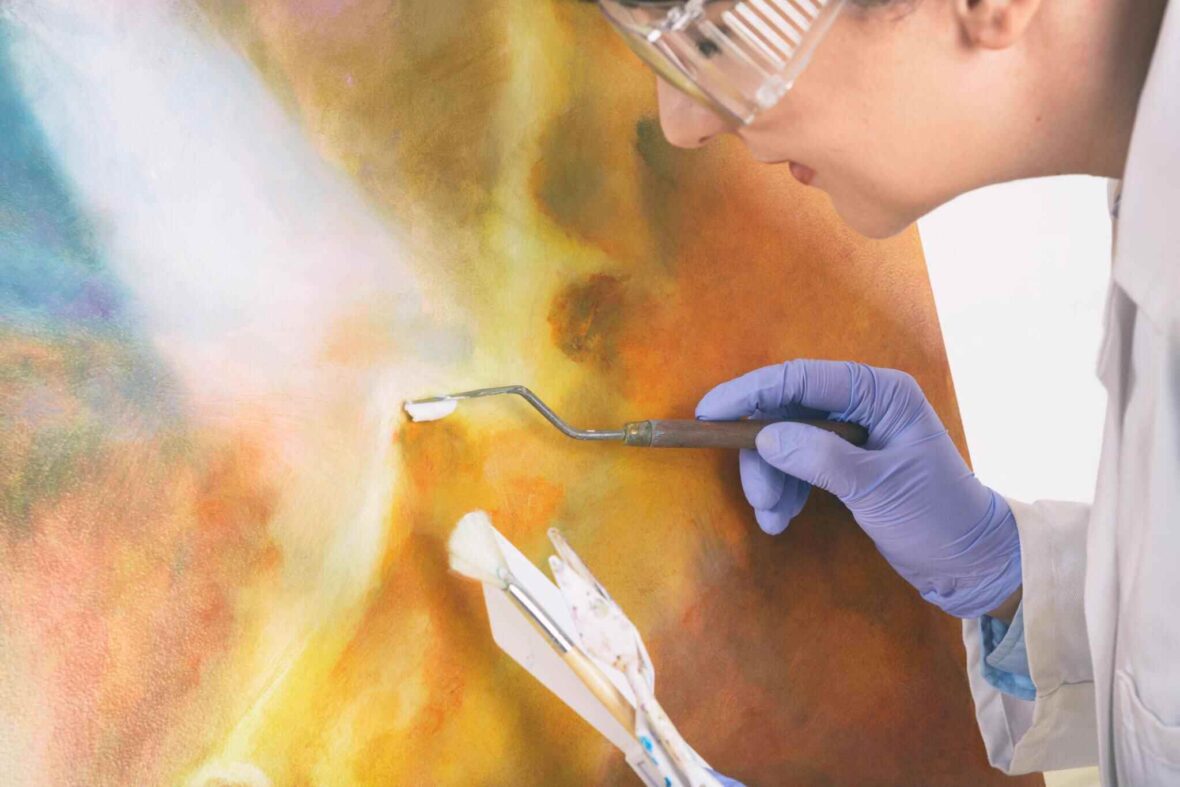Art has the incredible power to transcend time and space, allowing us to connect with the past and glimpse into the future. However, the preservation of these treasures is not a passive endeavor but a meticulous and often painstaking process.
In this article, we will explore the art of conservation, highlighting its crucial role in safeguarding paintings for the enjoyment of future generations.
Contents
1. The Importance Of Conservation
Fine art paintings are not only valuable in terms of their monetary worth but also as cultural and historical artifacts. They offer unique insights into the societies, emotions, and creative impulses of the eras in which they were produced. Therefore, preserving these works is not just a matter of protecting investments; it’s about safeguarding our collective heritage.
2. Challenges In Conservation
Preserving paintings is a complex task due to the myriad of factors that can cause deterioration over time. These factors include exposure to light, fluctuations in temperature and humidity, physical damage, and the natural aging of materials. Additionally, many older paintings were created with pigments and binders that are sensitive to environmental conditions, making them especially vulnerable.
3. The Role Of Conservators
Conservators are the unsung heroes of the art world. They are highly skilled professionals who specialize in the examination, conservation, and restoration of artworks. Their expertise extends not only to paintings but also to sculptures, textiles, and other artistic creations. They work diligently to ensure that artworks remain intact and maintain their intended appearance.
4. Preservation Techniques
Conservation techniques vary depending on the specific needs of each artwork. Common practices include cleaning to remove dirt and grime, repairing tears or damage, and stabilizing flaking or cracked paint layers. In some cases, conservators may remove overpainting or varnish layers that have yellowed or discolored over time to reveal the painting’s original colors.
5. The Role Of Technology

Advancements in technology have revolutionized the field of art conservation. Tools such as infrared imaging, ultraviolet light, and high-resolution photography allow conservators to see beneath the surface of a painting, revealing hidden details and alterations made by previous restorations. These tools aid in making informed decisions about the best course of action for preserving the artwork.
If you’re curious about the world of art conservation, you’ll find an invaluable resource at artsyforward.com. This platform not only celebrates the work of artists but also provides a wealth of information on conservation techniques and the preservation of paintings. Whether you’re an art enthusiast or a budding conservator, Artsy Forward is a hub where you can explore the intersection of art and preservation.
6. Preservation Challenges Ahead
While conservators have made remarkable strides in preserving artworks, they face ongoing challenges. Climate change, with its unpredictable weather patterns, poses a significant threat to art preservation. Additionally, the increasing demand for older artworks, coupled with the limited supply of truly exceptional pieces, puts additional pressure on conservators to maintain the integrity of these priceless creations.




